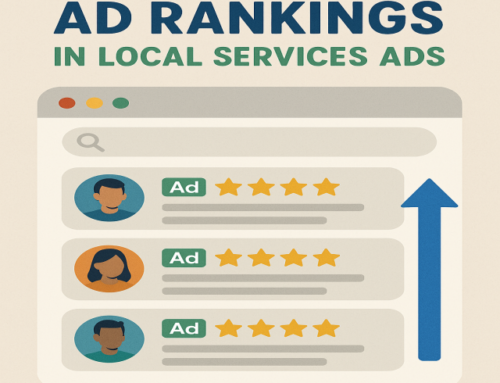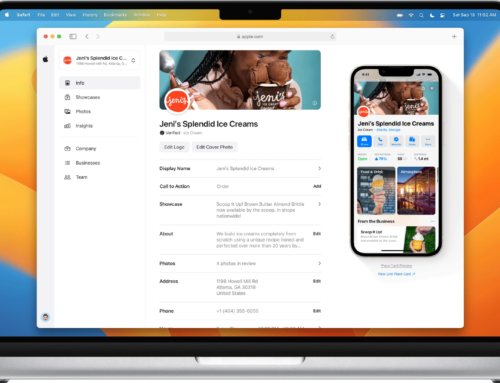With automation a burgeoning trend in paid search advertising, Google Ads has been improving both the efficacy and number of smart bidding strategies it is offering.
With more than 70% of all advertisers’ use Google Ads automated bidding today, it has helped businesses large and small drive better performance with more flexibility to reach their business goals.
While users are satisfied with Google’s automated bidding solutions, they’ve expressed a need for more customizations.
In response, Google has unveiled three new bidding innovations:
Campaign-level conversion setting:
With this New Google Ads Bidding Solution, advertisers will be able to set conversion goals at the campaign level.
Previously advertisers could set any conversion goals at the account level. However, that meant that all campaigns within that account would be tied to the same set of goals.
Advertisers will now be able to map relevant conversion goals at the campaign level. Google notes that this will be especially useful for accounts that have clearly differentiated campaign goals (e.g., campaigns representing different lines of business or distinct marketing budgets).
Seasonality adjustments:
Advertisers have been asking for more control with regards to seasonality beyond what is offered by smart bidding. Specifically, advertisers need controls to account for ad hoc events like one-time promotions.
So for advertisers Google is introducing seasonality adjustments. For example, if you know that your conversion rates will spike due to an upcoming promotion, you can schedule an appropriate adjustment for that period.
Maximize conversion value:
A new bidding strategy, Maximize conversion value, will now allow an advertiser to optimize for the most conversion value within a specified budget.
Up until now, bidding strategies around conversion value were largely focused on efficiency (e.g., Target ROAS).
Value rules:
Finally, Google will be introducing value rules in the coming months, which will let advertisers differentiate conversion values based on characteristics like location, device, and audience.
With value rules, advertisers can customize conversion values so they align more closely with business goals.




